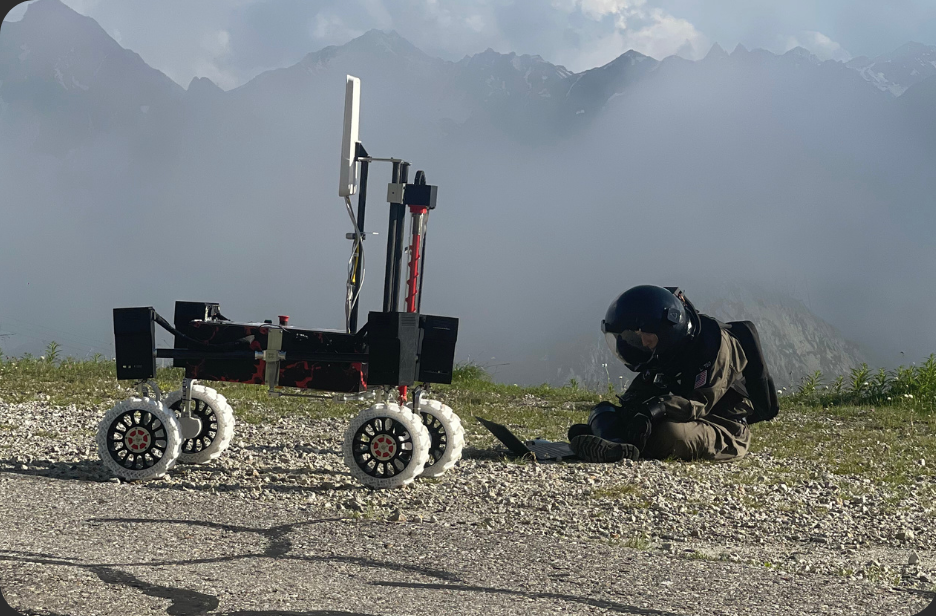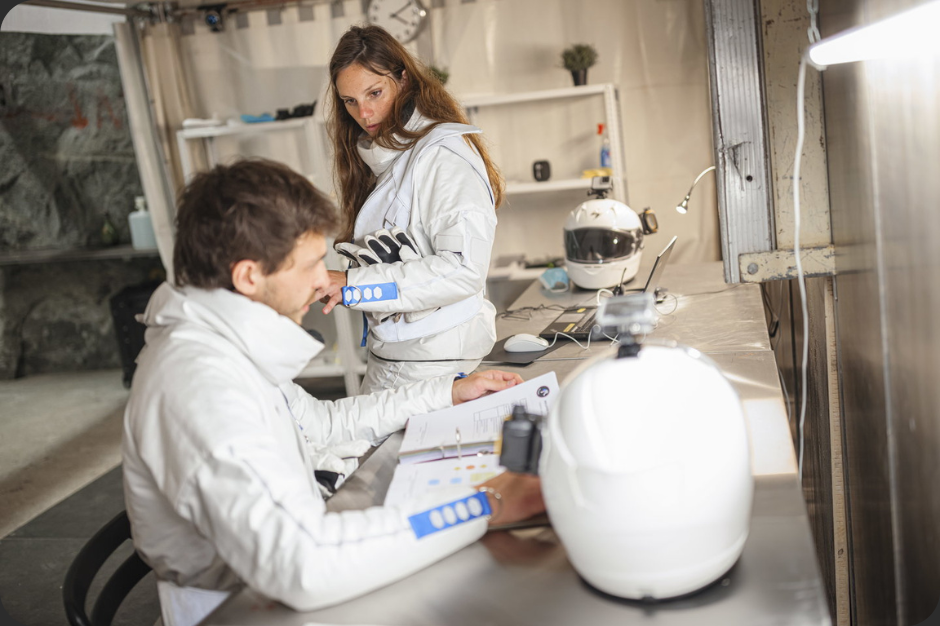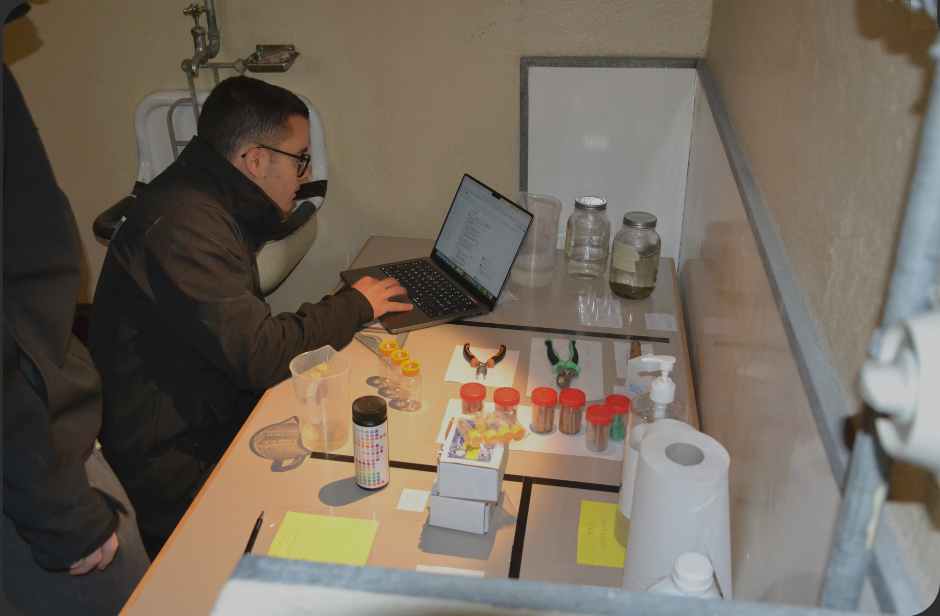Interested ? Apply here :
Semester Projects

Picture credit: Elisa Hipp/Urner Wochenblatt
Asclepios is an analog astronaut mission created by students, for students. The mission occurs each summer and simulates a two-week stay at the Lunar South Pole. Design work in preparation for the mission is done in collaboration with EPFL association AsclepiosLab to create new projects, ideas, concepts, and prototypes to test within the mission.
As an EPFL association, Asclepios offers EPFL students the opportunity to conduct their semester project with our mission. Semester projects are conducted in conjunction with an EPFL supervisor and directly benefit our mission. If you are interested, you can download our Semester Projects brochure.
2025\2026
Academic Year

Hydroponic Farm
Cultivating crops will be essential to a sustained human presence on the Lunar surface, initially supplementing food from resupply missions, and eventually aiming to create a self-sustaining colony. One potential method for growing plants in extraterrestrial bases is by utilizing a hydroponic setup, whereby plants are cultivated without soil in water-based nutrient solutions. The main advantage of this method is the absence of the need for soil to be transported from Earth, or for fertile regolith to be sourced. This project aims to design a compact hydroponic greenhouse for a simulated small lunar base. The greenhouse should be designed and constructed in a way that allows for easy cultivation and harvesting of crops by analog astronauts, while prioritizing the minimisation of water loss through creation of a closed-loop recycling system.

Communication System for an Astronaut Helmet
Extravehicular Activities, while often necessary in the context of space missions, pose considerable risks to astronauts. The astronauts on EVA must be able to communicate clearly with their colleagues within the space base. A new communication system integrated into the spacesuit will improve the communication link between the EVA astronauts and the base. This system could also allow for a communication link directly between the two astronauts on EVA to permit them to better hear and understand each other, as there can be difficulties in hearing through the walls of the spacesuit.

Interior Design of Astronaut Living Spaces
Trained astronauts will live together in a space base for long periods of time without the opportunity of leaving. This will have an influence on the psychological state of the astronauts and therefore the mission’s success. The conception of an optimized lunar base is therefore crucial for the mission’s success and realism. The goal is to optimize the interior design of astronauts’ sleeping and living quarters within the existing Sasso San Gottardo base location. The design plan must consider the psychological, architectural, and constructional challenges associated with reimagining the astronaut’s rooms. It shall optimize space, provide insulation to ensure that the astronauts are warm and comfortable within the cold environment of the base, and consider astronauts’ privacy and emotional comfort within the sleeping rooms and work to be done in the common room. The plan will be tested in future missions.

Lunar Base Water Collection and Management System
During the mission, the astronauts will have limited water resources for drinking, showering, preparing meals, and cleaning, as well as for the needs of various scientific experiments. At present, water is resupplied by filling in jugs during EVAs and returning them to the base every few days as needed, but there exists no unified tracking system for water consumption. Such a system would provide mission controllers and project designers with a better estimate of water needs for the crew and improve simulation realism. Additional work could include the development of a basic ECLSS system for water recycling. This project aims at creating a water inventory tracking system and a water recovery life support system for implementation in an analog base.
